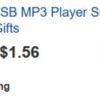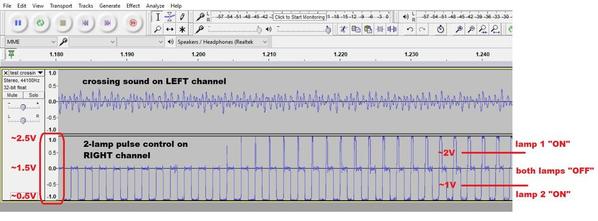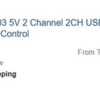We're doing this stuff for enjoyment and personal gratification, sometimes you hit on something that strikes a cord with enough people that it becomes a salable product. Other times you end up with something handy for your own use. And, occasionally you end up with something that just didn't work out like you expected and it is in your scrap pile. 

FWIW, all of my little products originally came out of a need for such functionality for my use. In discussions in various venues, it was apparent that others wanted/needed similar functionality, so a product was born. I have lots of other little projects that I still use personally, but I didn't see the volume necessary to commit to a build run, here's a few that didn't make the production cut. FWIW, I can make the PCB design available for any of these on request, you can get boards produced on the OSH Park PC Fab Website quite reasonably.
A couple of track powered DC supplies, first one based on a variable voltage eBay switching module and is good for around 300-400ma.
The second uses a TO92 regulator or a CL2 constant current regulator to provide either a constant voltage or constant current.
I've used these in a number of my projects, and occasionally people have bought a couple from me, but I haven't done a production run as I don't see the volume demand that would justify it. For stuff like this, I also include a 22uh choke for DCS compatiblity.


The DCS continuous barking watchdog generator. This was an idea that Stan dreamed up to stick onto the MTH DCS remote Commander to create a continuous watchdog signal generator for using in places like yard tracks. I had a run of boards made and a number of people used these.

Track powered LED Flickering Firebox module. Stick this behind the firebox opening in a steamer and you get a neat flickering firebox effect. I use these on upgrades that I do.

Locomotive motion sensor. This is a simple module that just monitors the motor and anytime the locomotive is moving, it closes the relay to allow various events to take place when you're moving or stopped. You can do stuff like Rule-17 lighting, automatic cab light control, or smoke intensity control. I've used these in a number of upgrades, some of mine, some for other people.

Here's another Stan inspired design, I don't know who actually built this one, but I believe Stan did. This is a single resistor adjustable power module that does constant voltage, constant current, or you can also tap off the raw DC voltage if you have a special need.


































